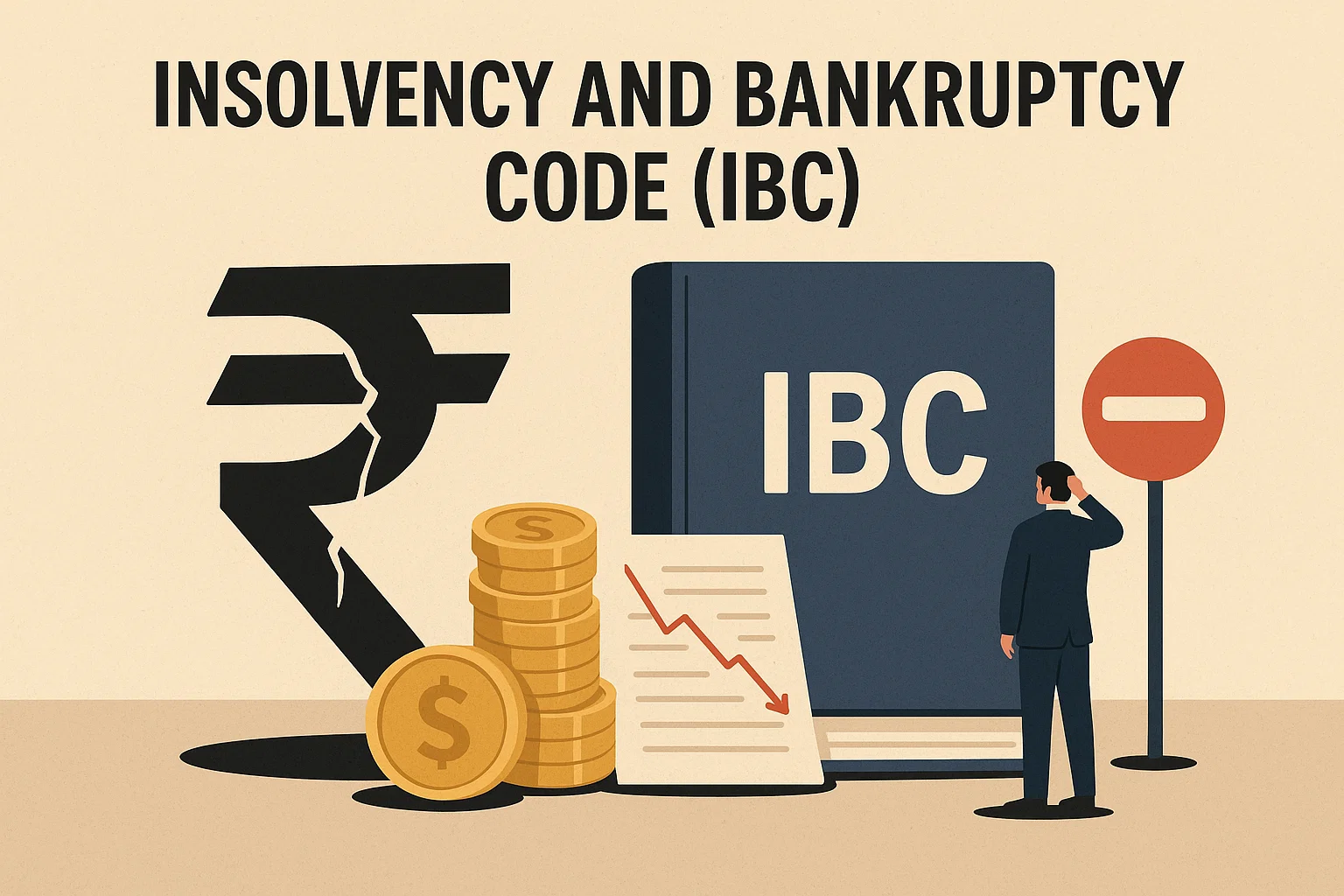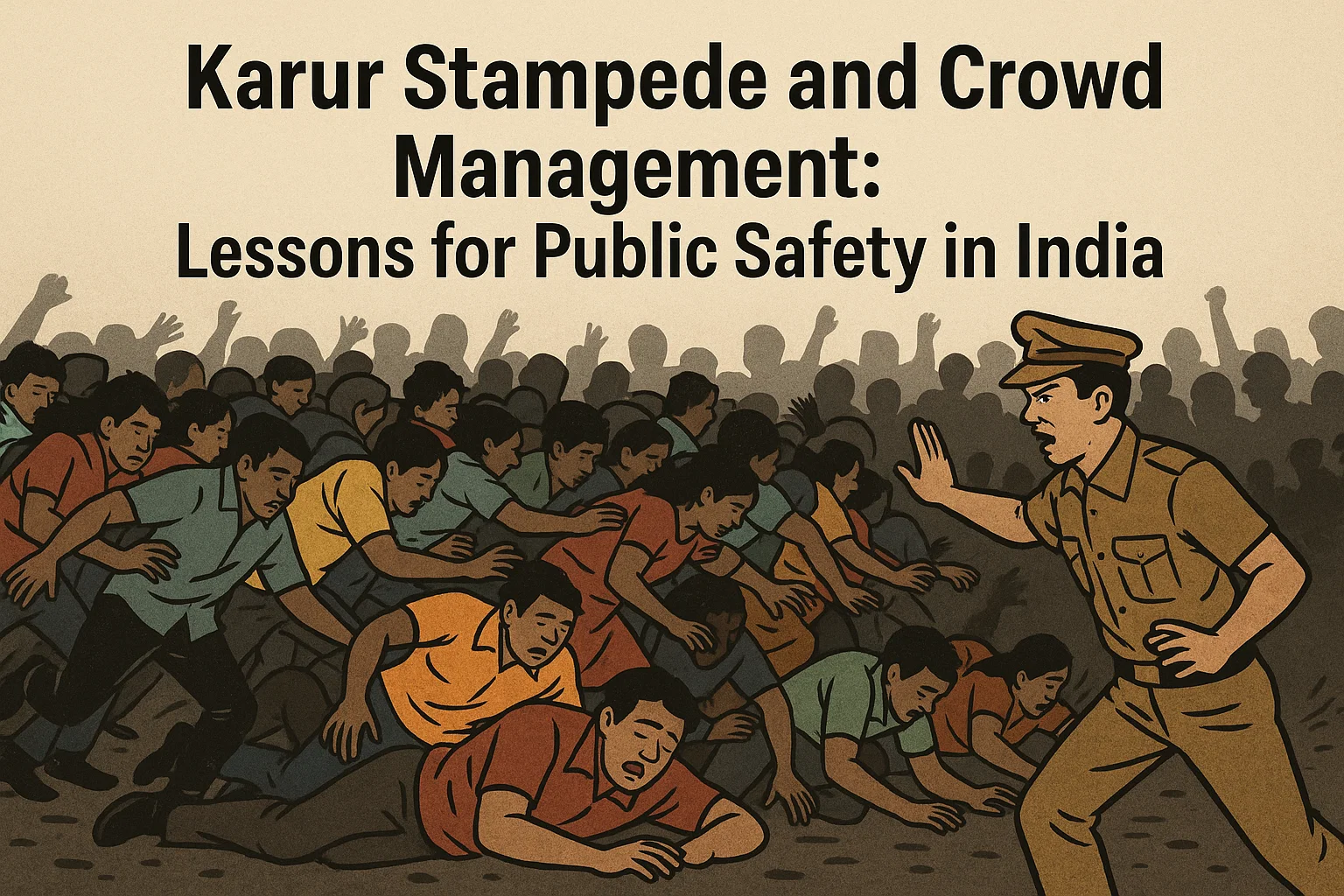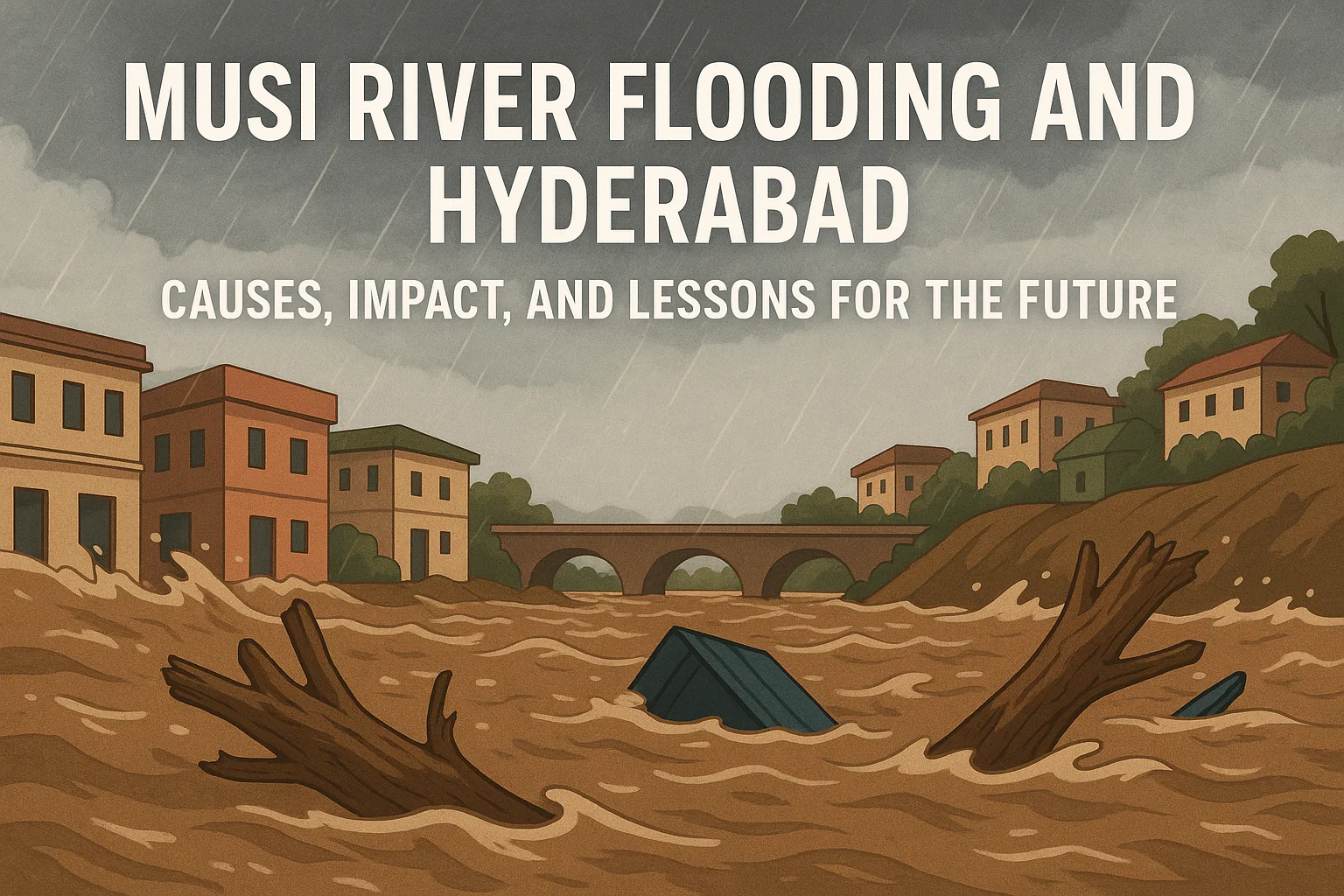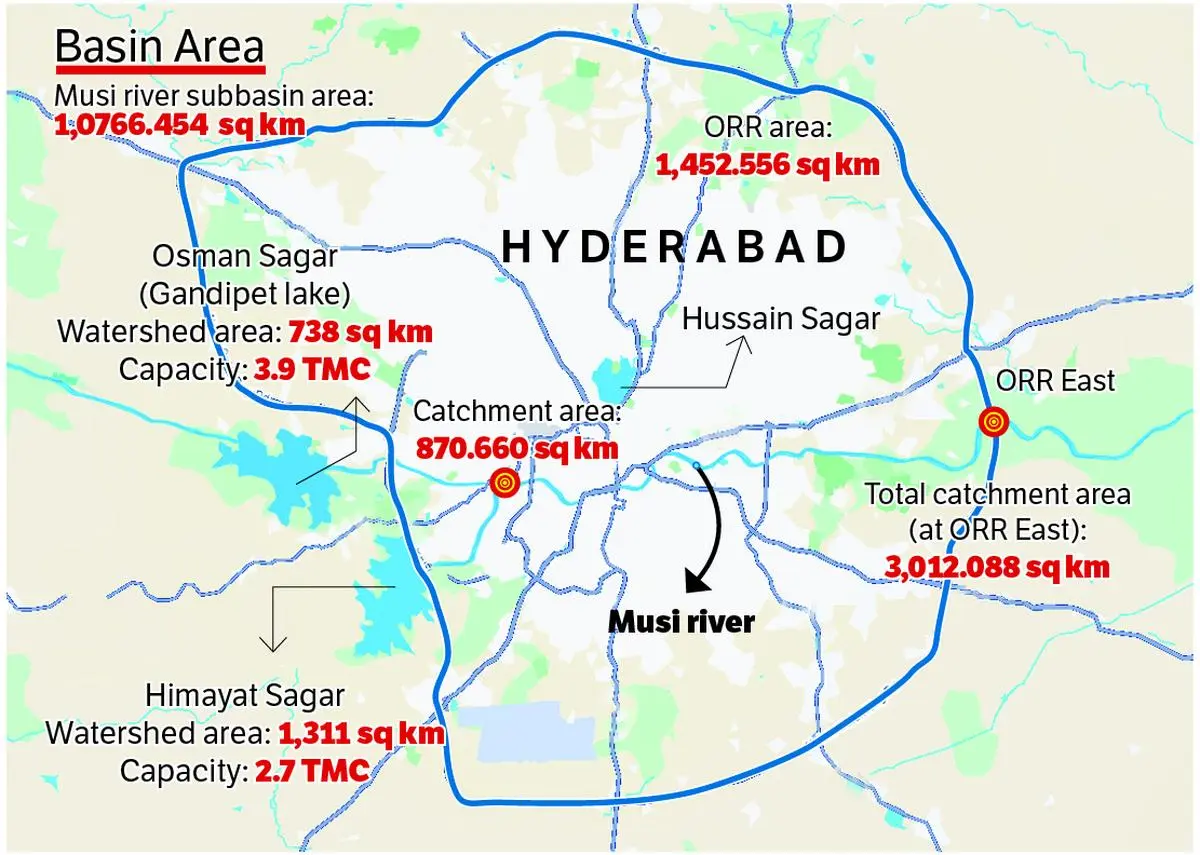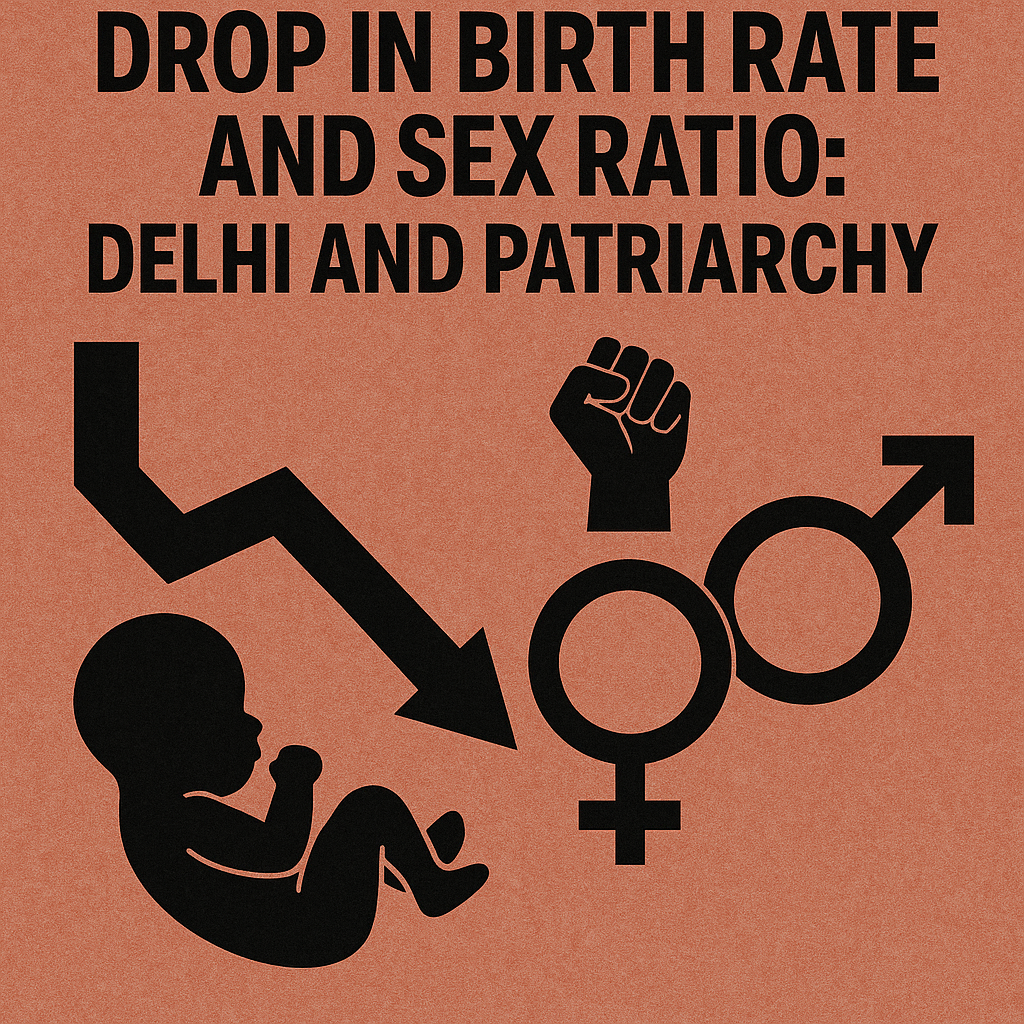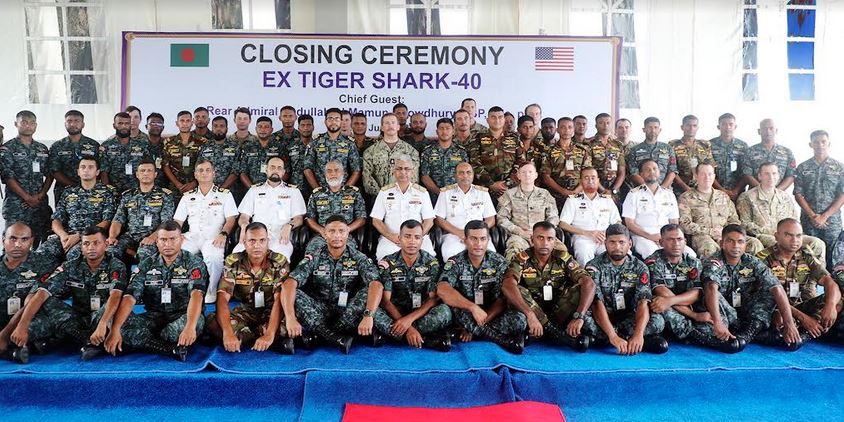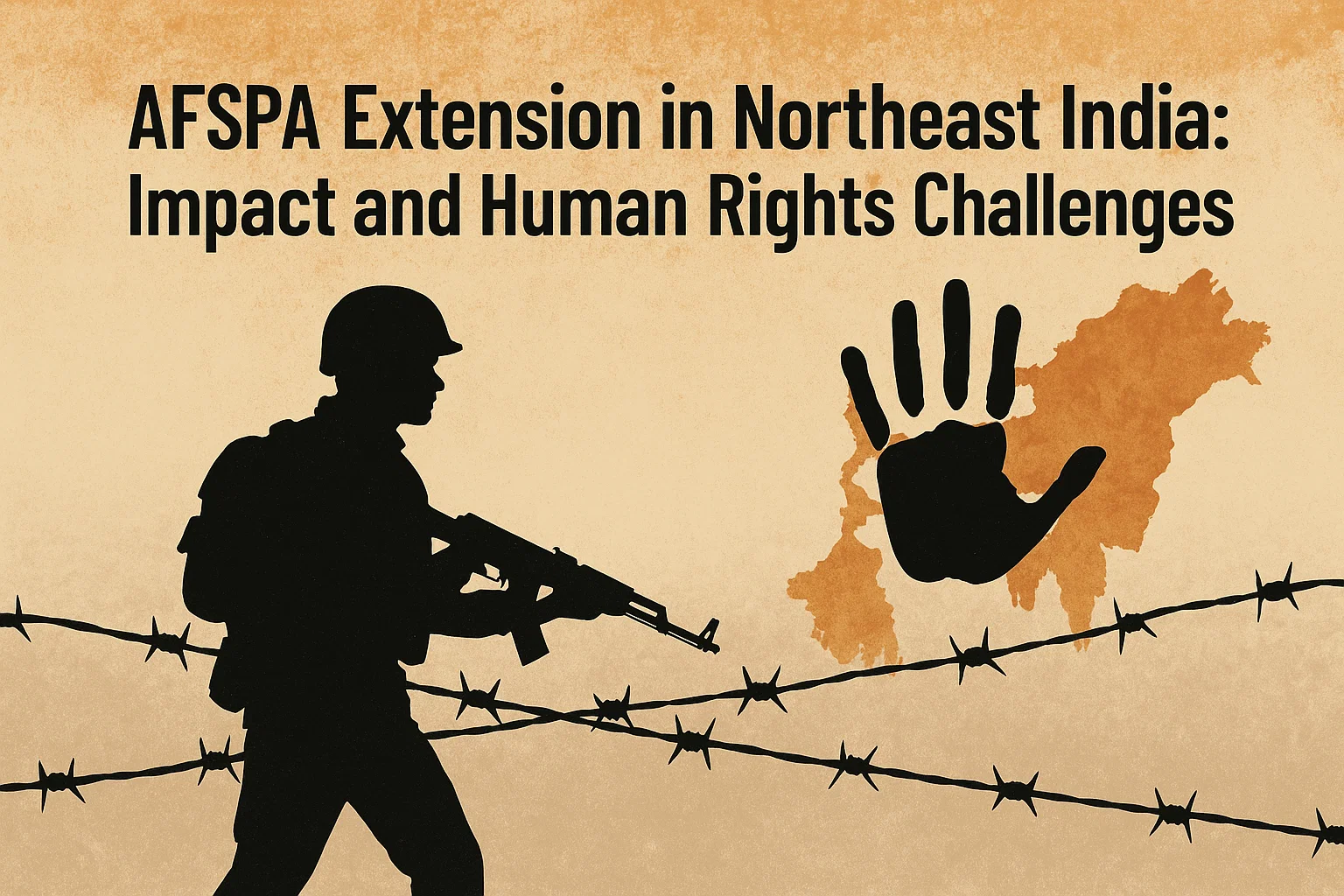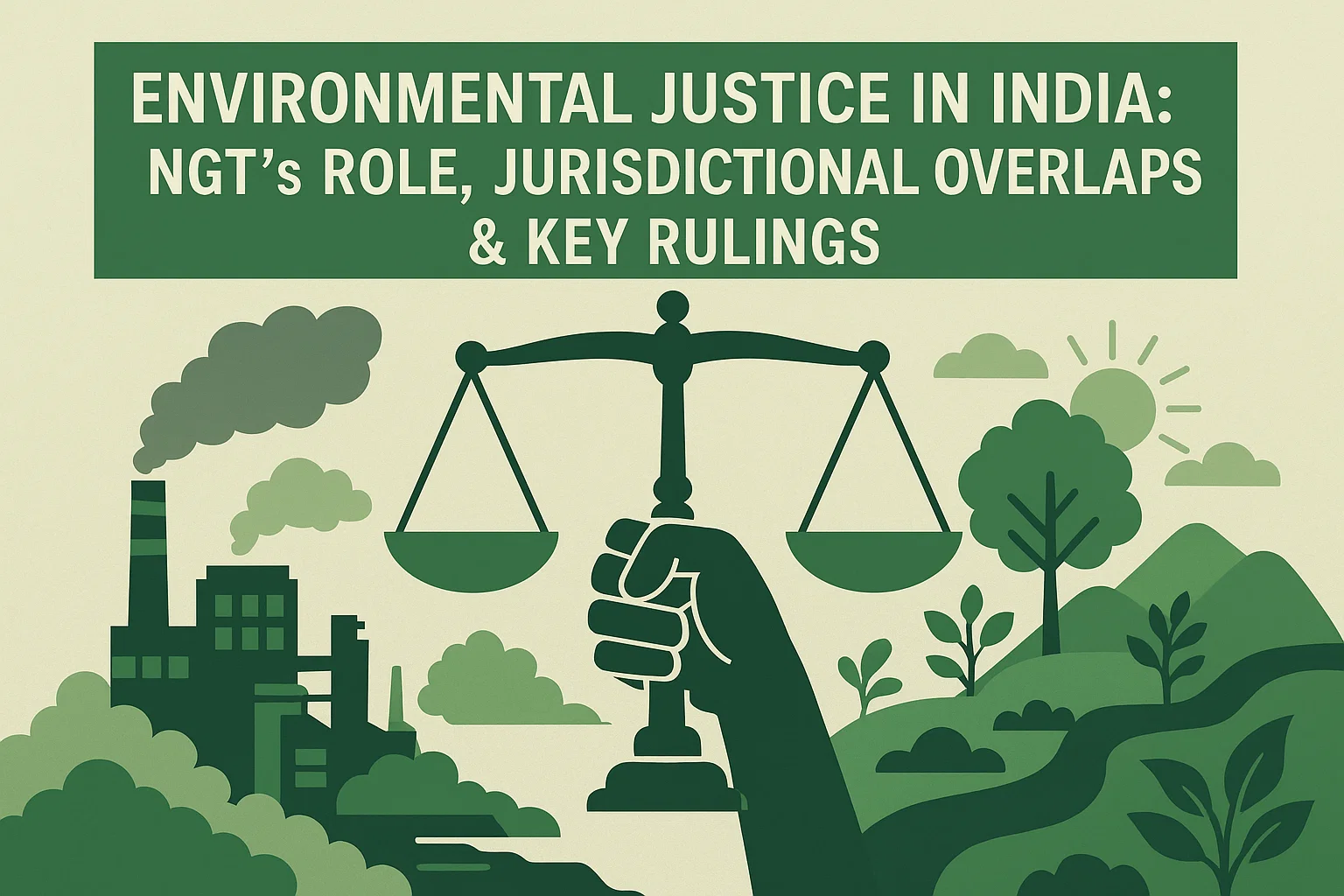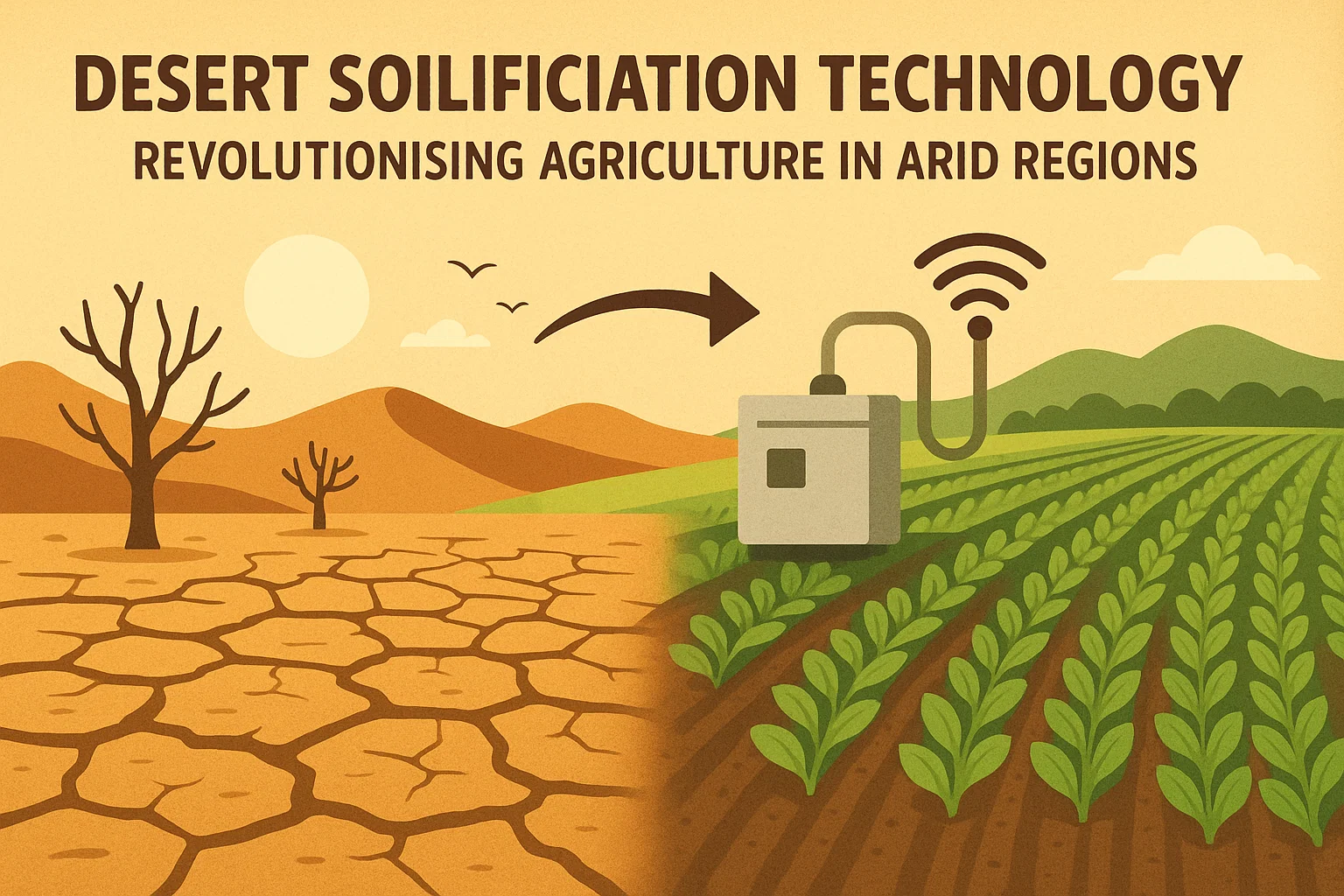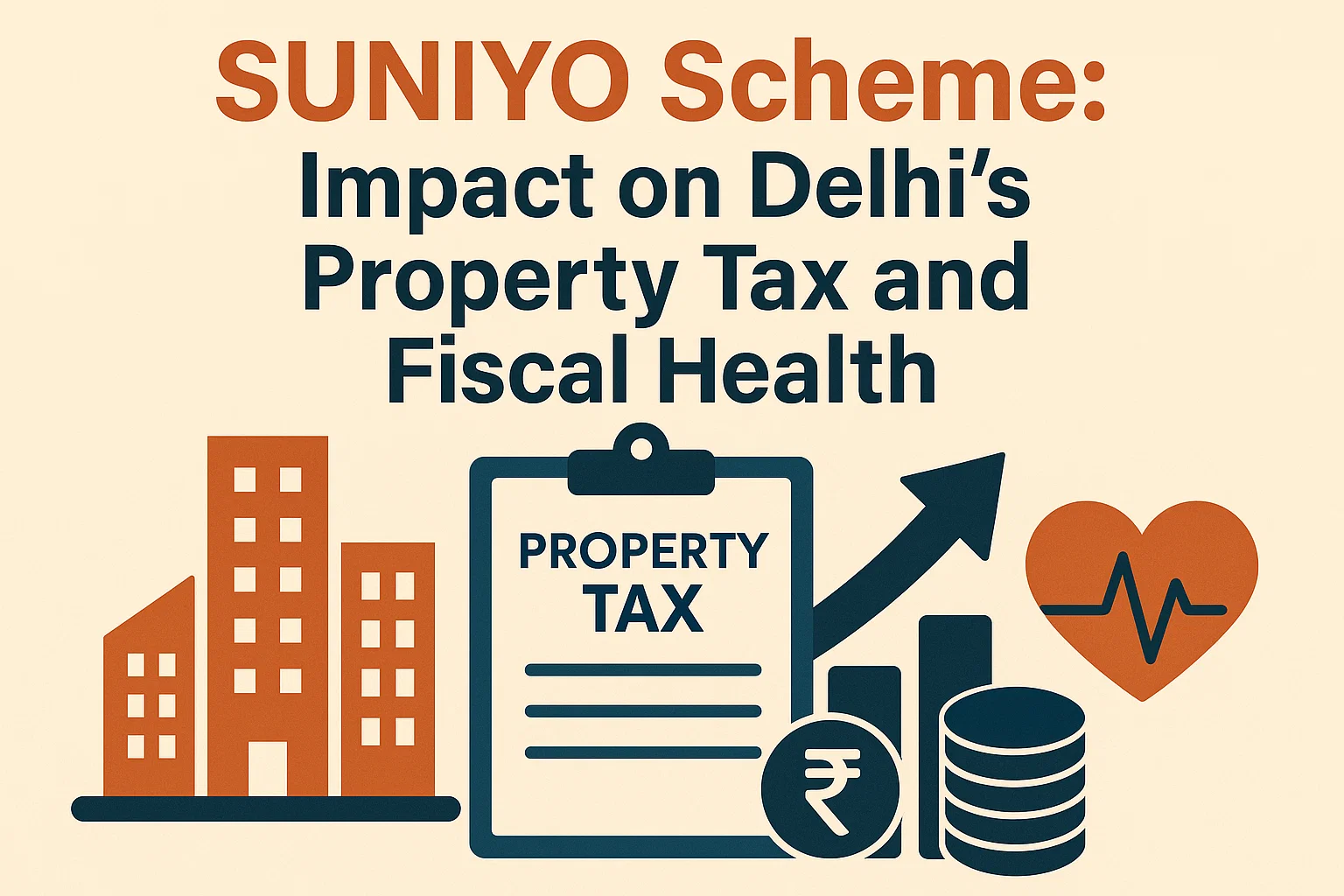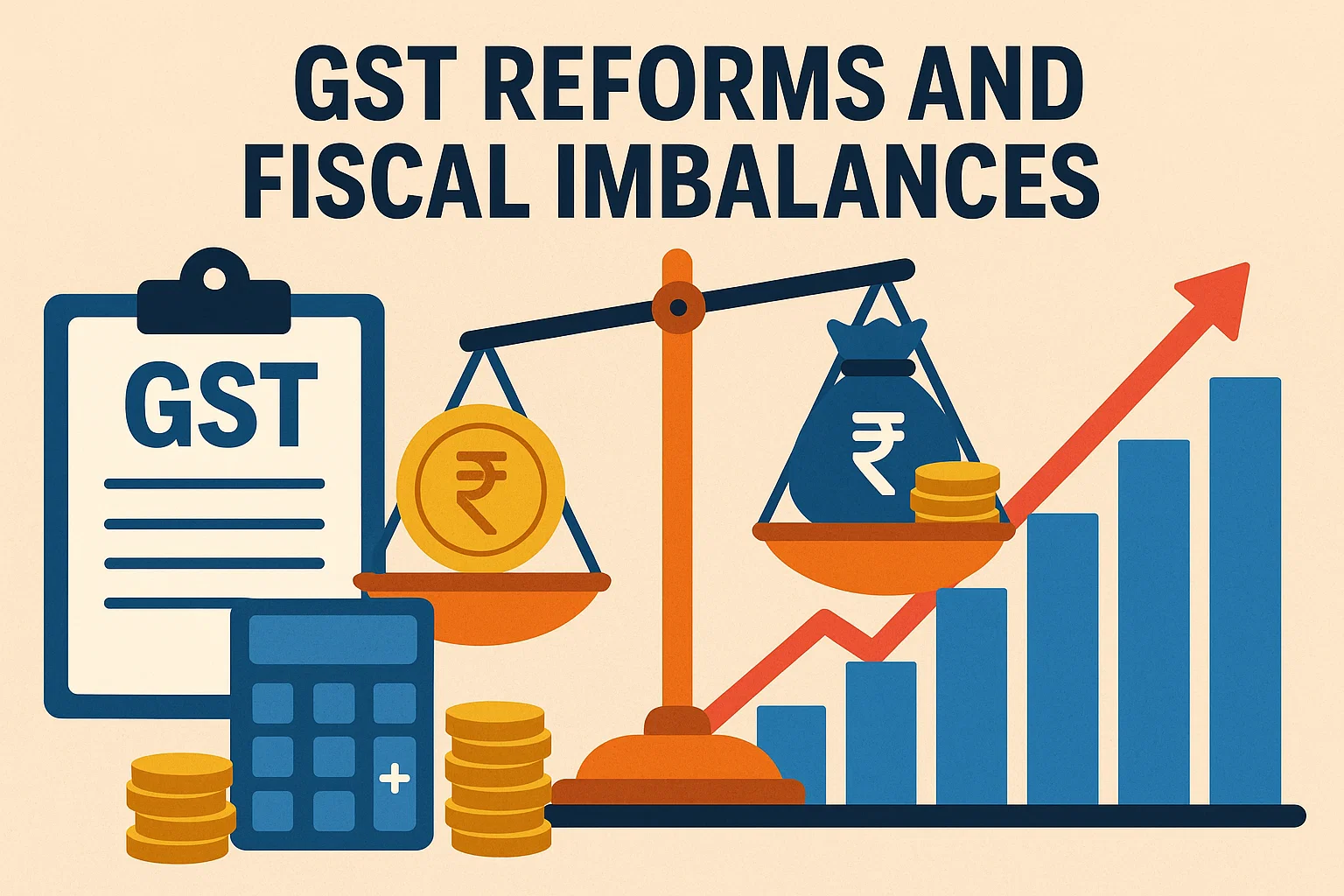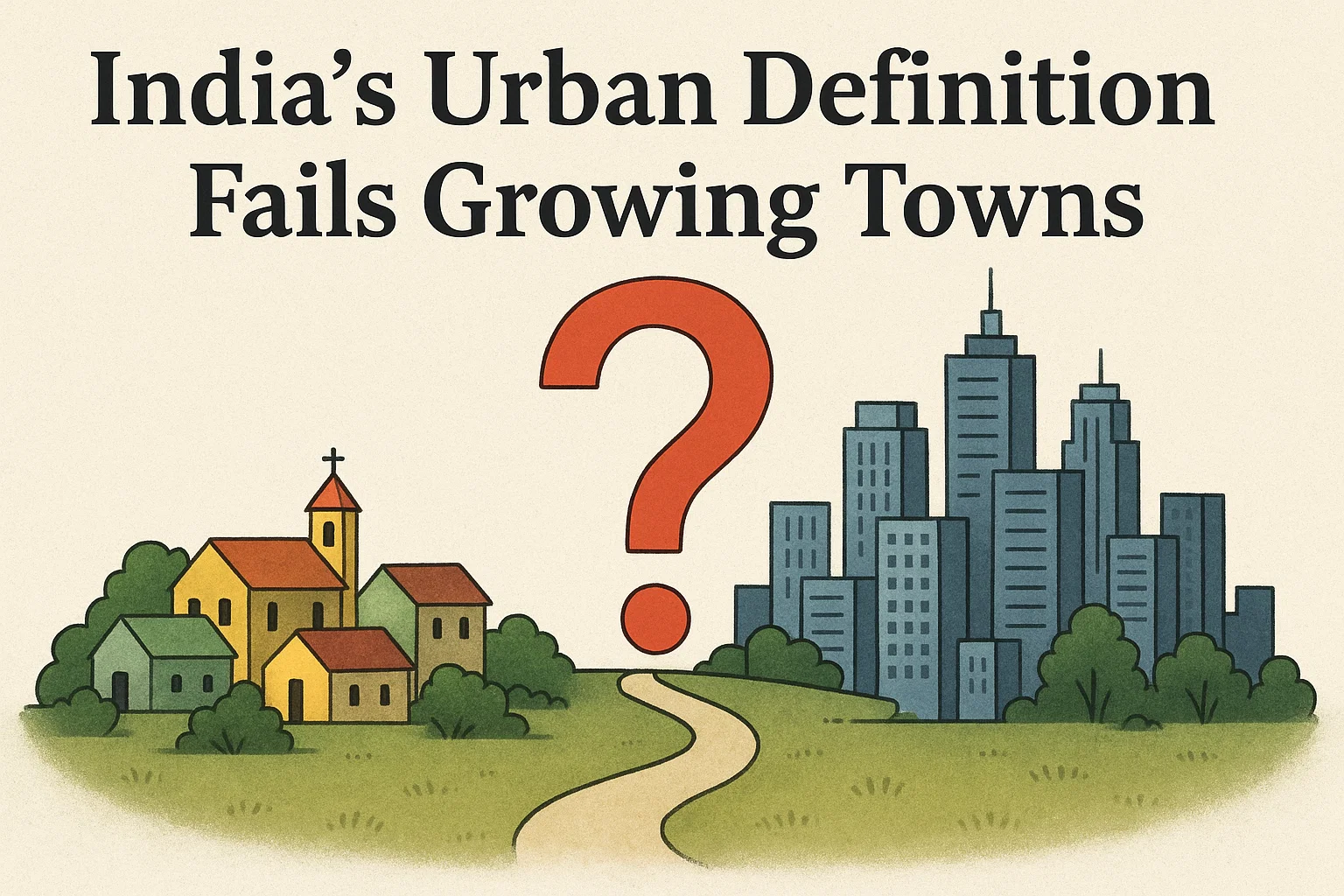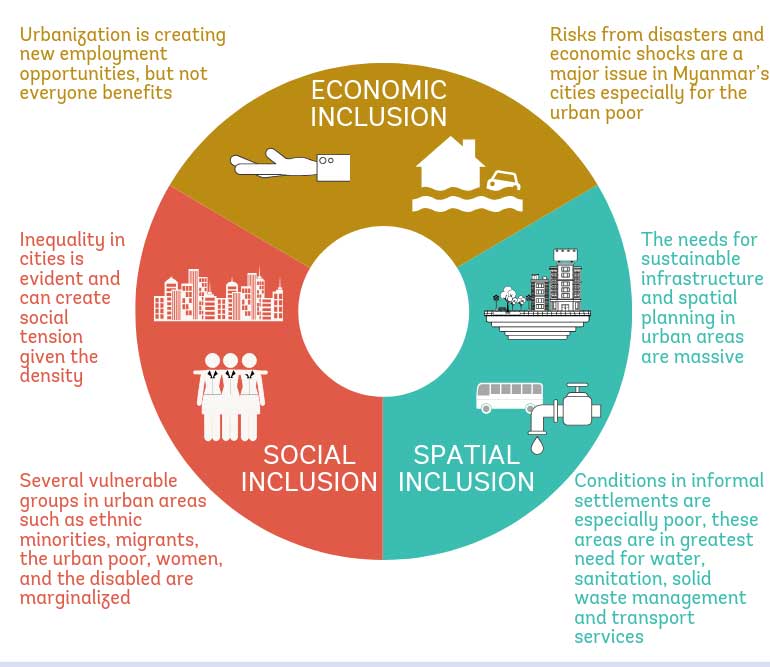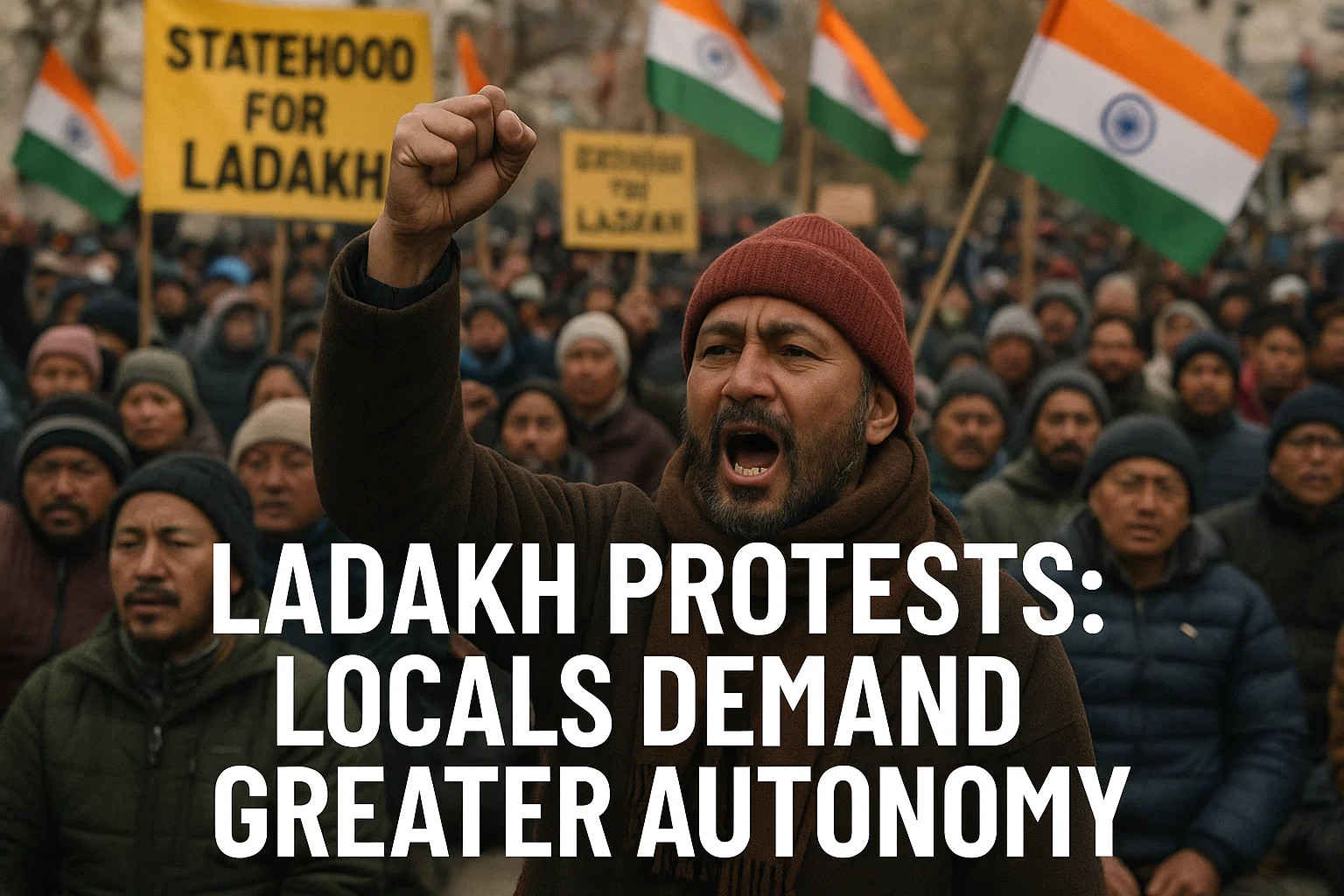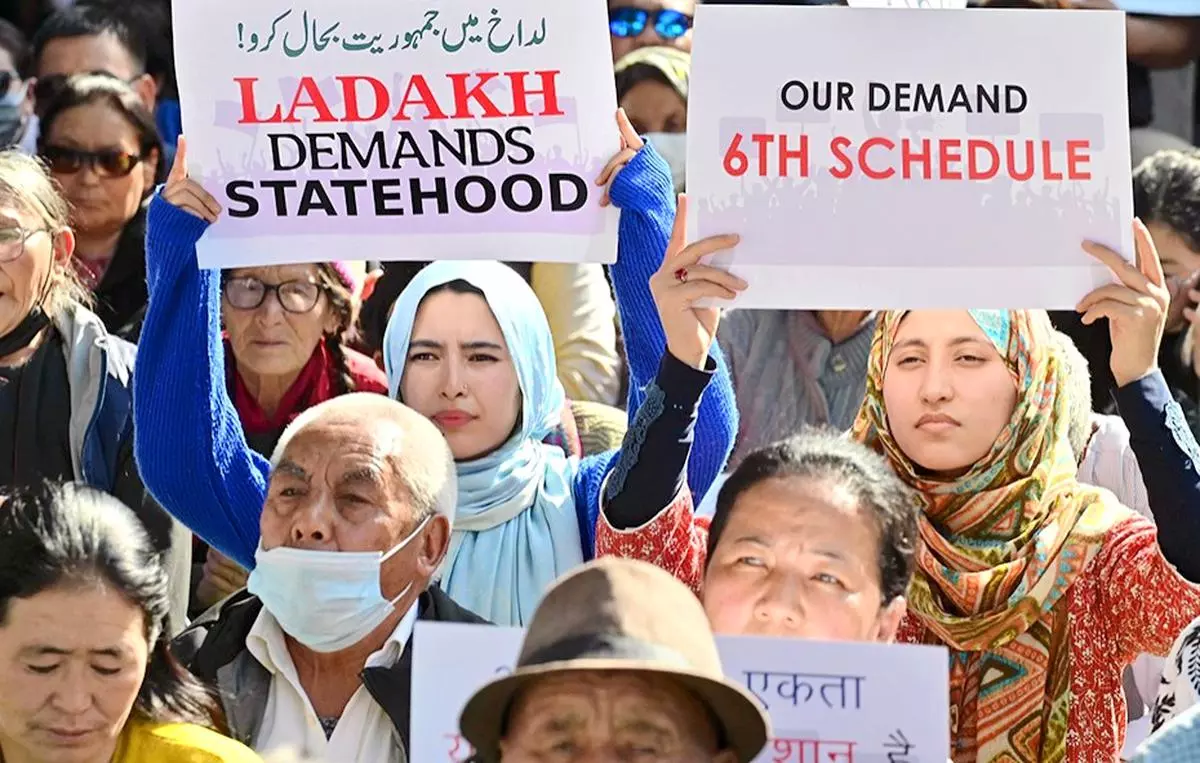UNESCO has recognised Himachal Pradesh’s Cold Desert Biosphere Reserve as India’s 13th site in the World Network of Biosphere Reserves. Located in Lahaul-Spiti, it hosts snow leopards, ibex, rare medicinal plants, and 12,000 residents practising sustainable livelihoods. Recognition boosts conservation, eco-tourism, research, and aligns with SDG-15.
Context
UNESCO has recently designated Himachal Pradesh’s Cold Desert Biosphere Reserve as part of its World Network of Biosphere Reserves (WNBR). With this development, India now has 13 such reserves recognised globally, reinforcing its dedication to biodiversity conservation, climate resilience, and sustainable livelihoods.
About the 13th Cold Desert Biosphere Reserve
The Cold Desert Biosphere Reserve lies in the Lahaul-Spiti region of Himachal Pradesh, representing India’s first high-altitude cold desert biosphere. It spans an altitude of 3,300–6,600 metres, encompassing:
-
Pin Valley National Park
-
Kibber Wildlife Sanctuary
-
Chandratal Wildlife Sanctuary
-
Sarchu plains
The zoning into core, buffer, and transition areas integrates conservation with local livelihood practices, aligning with India’s National Biodiversity Action Plan and Sustainable Development Goal 15 (Life on Land).
Why Is UNESCO Recognition Significant?
-
Global Recognition
The designation places India’s Cold Desert on the international conservation map, ensuring better support for ecological research and sustainable development initiatives. -
Eco-tourism Opportunities
Recognition opens up avenues for carefully managed eco-tourism, boosting local economies while safeguarding fragile habitats. -
Climate Resilience
High-altitude cold deserts are climate-sensitive ecosystems. International collaboration under UNESCO’s Man and the Biosphere (MAB) Programme helps in devising strategies for adaptation and resilience. -
Integration of Local Communities
Around 12,000 residents in the reserve practise pastoralism and barley-pea farming, with sustainable practices forming part of the management strategy. Recognition strengthens their role in community-led conservation.
Flora of the Cold Desert
The Cold Desert is home to unique and often rare plant species adapted to extreme conditions.
-
Willow-leaved sea-buckthorn (Hippophae salicifolia): Known for its nutritional and medicinal value.
-
47 documented medicinal plants: Many are central to Sowa Rigpa (Amchi medicine), recognised by the Ministry of AYUSH.
-
Alpine herbs and grasses adapted to thin soils, high UV radiation, and low precipitation.
Fauna of the Cold Desert
The fauna reflects the resilience of life in harsh climates:
-
Snow leopard (Panthera uncia): An apex predator and a symbol of conservation in the Himalayas.
-
Himalayan ibex and blue sheep (bharal): Key prey species supporting the predator-prey balance.
-
Golden eagle: An iconic raptor adapted to the high-altitude ecosystem.
-
Other species include Tibetan wolf, red fox, and migratory birds adapted to alpine wetlands.
These species not only hold ecological significance but also form part of cultural narratives of the region’s inhabitants.
What Is a Cold Desert?
A cold desert is a type of desert ecosystem found at high altitudes. Unlike hot deserts, cold deserts are shaped by glaciated valleys, wind-swept plateaus, and fragile soils. Their features include:
-
Low temperatures: Often below freezing for much of the year.
-
Scant rainfall: Less than 25 cm annually.
-
High diurnal variation: Sharp contrasts between day and night temperatures.
-
Sparse vegetation: Mainly hardy grasses, shrubs, and alpine herbs.
Cold deserts are among the most fragile ecosystems, highly vulnerable to climate change, land-use pressures, and unsustainable tourism.
India’s UNESCO Biosphere Reserves under MAB
India has a total of 13 biosphere reserves recognised internationally under UNESCO’s Man and the Biosphere Programme. These include:
-
Nilgiri
-
Nanda Devi
-
Nokrek
-
Great Nicobar
-
Gulf of Mannar
-
Manas
-
Sunderbans
-
Simlipal
-
Pachmarhi
-
Khangchendzonga
-
Agasthyamalai
-
Panna
-
Cold Desert (Himachal Pradesh)
This network reflects India’s ecological diversity—from tropical forests to high-altitude deserts.
Achieving Balance: Conservation and Livelihoods
The Cold Desert Biosphere Reserve highlights the synergy between conservation and development:
-
Core Zone: Strictly protected for biodiversity conservation.
-
Buffer Zone: Allows regulated research, eco-tourism, and limited resource use.
-
Transition Zone: Local communities engage in sustainable agriculture and pastoralism, ensuring livelihoods without harming the ecosystem.
This zoning reflects UNESCO’s philosophy of balancing nature conservation with human well-being.
Conclusion
The UNESCO recognition of the Cold Desert Biosphere Reserve is a milestone for India’s conservation efforts. It not only secures global visibility for this unique high-altitude ecosystem but also provides opportunities for eco-tourism, scientific research, and climate adaptation strategies.
At a time when fragile ecosystems are under increasing threat from climate change, habitat loss, and unregulated development, this recognition reaffirms the importance of integrated conservation approaches that put local communities at the heart of biodiversity protection.
With 13 biosphere reserves recognised globally, India’s biodiversity management stands as a model of how traditional knowledge, scientific research, and sustainable development can converge.
Subscribe to our Youtube Channel for more Valuable Content – TheStudyias
Download the App to Subscribe to our Courses – Thestudyias
The Source’s Authority and Ownership of the Article is Claimed By THE STUDY IAS BY MANIKANT SINGH


